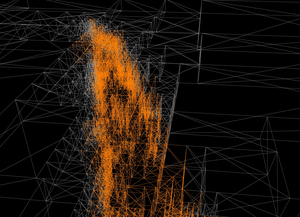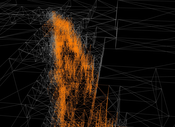Information
- Publication Type: Article in a Book
- Workgroup(s)/Project(s):
- Date: March 2005
- Booktitle: GPU Gems 2: Programming Techniques for High-Performance Graphics and General-Purpose Computation
- Editor: Matt Pharr and Randima Fernando
- ISBN: 0-32133-559-7
- Publisher: Addison-Wesley
- Pages: 91 – 108
- Keywords: occlusion culling, real-time rendering
Abstract
Hardware occlusion queries make it possible for an application to ask the 3D API whether or not any pixels would be drawn if a particular object was rendered. With this feature, applications can check to see whether or not the bounding boxes of complex objects are visible; if the bounds are occluded, the application can skip drawing those objects. In this chapter, we present a simple and powerful algorithm to solve the problem of latency and CPU/GPU stall typically associated with a naive usage of hardware occlusion queries.Additional Files and Images
Weblinks
No further information available.BibTeX
@incollection{Wimmer-2005-HOQ,
title = "Hardware Occlusion Queries Made Useful",
author = "Michael Wimmer and Jir\'{i} Bittner",
year = "2005",
abstract = "Hardware occlusion queries make it possible for an
application to ask the 3D API whether or not any pixels
would be drawn if a particular object was rendered. With
this feature, applications can check to see whether or not
the bounding boxes of complex objects are visible; if the
bounds are occluded, the application can skip drawing those
objects. In this chapter, we present a simple and powerful
algorithm to solve the problem of latency and CPU/GPU stall
typically associated with a naive usage of hardware
occlusion queries.",
month = mar,
booktitle = "GPU Gems 2: Programming Techniques for High-Performance
Graphics and General-Purpose Computation",
editor = "Matt Pharr and Randima Fernando",
isbn = "0-32133-559-7",
publisher = "Addison-Wesley",
keywords = "occlusion culling, real-time rendering",
URL = "https://www.cg.tuwien.ac.at/research/publications/2005/Wimmer-2005-HOQ/",
}


